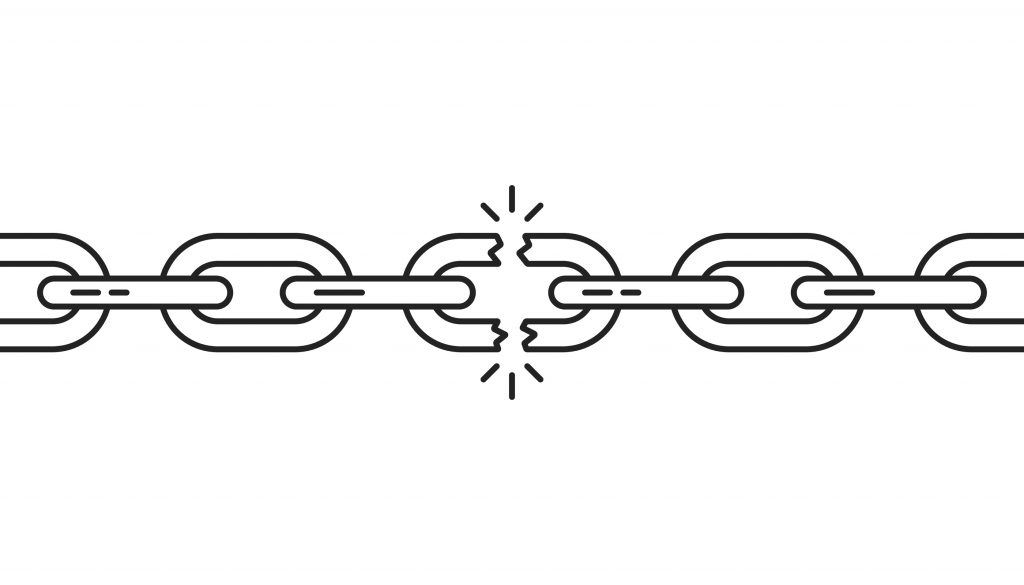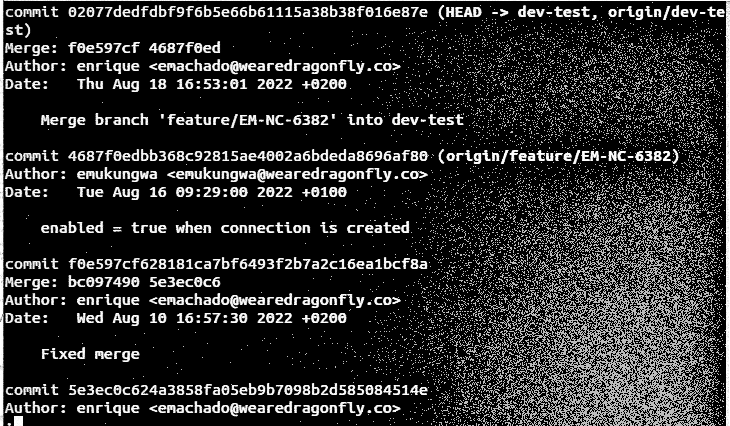As neuro continues down its product roadmap, frequently adding more great features and integrations, the use cases proliferate. In this blog, I’m focusing on two recently introduced integrations: Git and cucumber reports.
Cucumber sandwiches anyone?!
The Cucumber Behaviour-Driven Development (BDD) tool continues to expand its presence in the market. The ability to write feature files in a format easily understandable to the business (using the Gherkin language) provides several benefits, not least that it makes it far simpler to verify with stakeholders that you’re delivering and then testing the right thing.
If you have your tests set up to run automatically in Cucumber, the integration with neuro means that at any time you can get cucumber reports to quickly check your execution status at an overall level, by build, feature or tag. The ability to measure this data over time allows you to identify whether certain features or tags are prone to higher failure rates. This integration also allows users to track the build duration over time to easily identify problematic builds and potentially any server issues.
Git jiggy with it
Add Git integration to the mix, and you can supercharge your neuro git and cucumber reports. Which developer has the most commits? What is the frequency of commits and the trend over time? How many lines were changed in the past week? Or just today? Which files change the most?
Strength in numbers
One of the key benefits of neuro is that you can pull through information from multiple sources into a single view. This unlocks genuinely useful insights.
EXAMPLE:
Let’s say the number of commits per week is typically 40-50, but you notice from your daily neuro report (which is automatically sent) that this week the number of commits already stands at 45 and you’re only halfway through the week. An adjacent chart indicates that one developer has performed the majority of those commits and other charts, in the same report but from the Cucumber integration, highlight that one feature in particular, and two tags, have resulted in a high number of failed tests.
This allows you to have a conversation with the developer, dig into the problems they’re having and draw up some options to mitigate, e.g. adding an increased number of pair programming sessions with another developer that is considered an expert for that feature or those tags, or create additional and more targeted unit tests that would capture such problems a little earlier.
We’ve also covered in previous blogs that neuro integrates with JIRA and multiple test management tools. Imagine one overarching dashboard pulling through key MI metrics across build, development, test and defects.
Viewing this information over time, the data from Git and Cucumber allows you to make informed decisions about how to improve, and then take action.
You might also be interesting in our blogs on jira reporting, xray reporting, or zephyr reporting.



